It costs ¥497,202 total or ¥6,063 per day to cycle across Japan.
With the exchange rate on December 4th, 2023, this is about $3,379 USD or $41 USD per day.
That’s probably what you came here for so I figured I’d give it to you right away. Now that that’s out of the way I can give you the more nuanced answer. Can you do it cheaper? Of course. All bicycle tourists have different travel styles and spending habits. Some people wild camp to avoid spending any money on accommodations while others live it up in nice hotels every night. While I can’t tell you exactly how much it will cost to cycle across Japan, I can break down my exact spending and my spending habits to hopefully give you a better idea of what to expect.
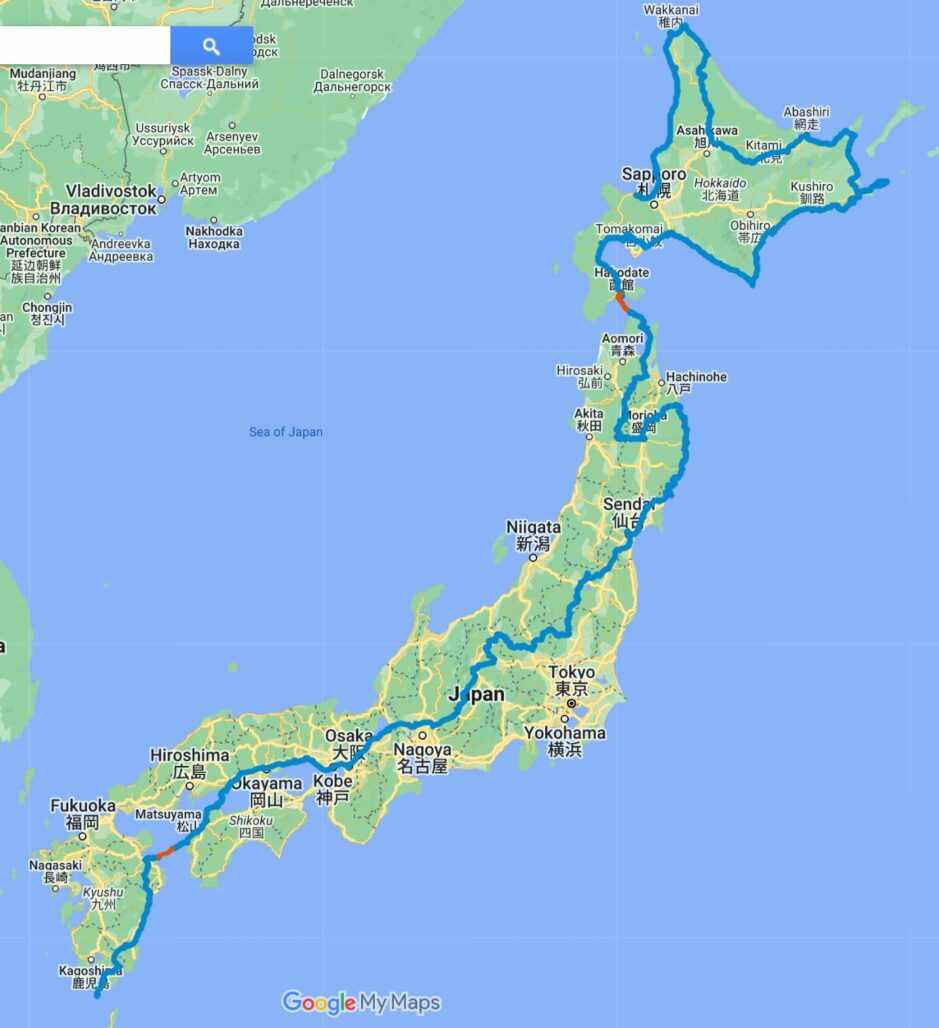
Cost Breakdown
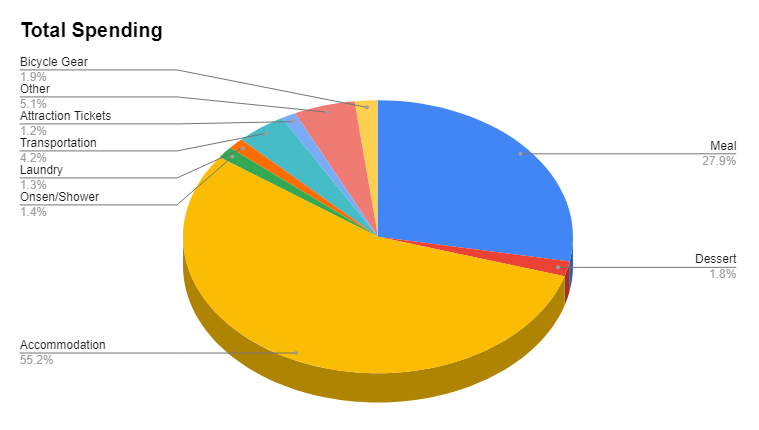
Here is the breakdown of the costs I accrued during my cycle across Japan. I’ll go through each category and explain my spending and how I could have saved or spent more.
Accommodation
Total: ¥277,304 ($1,883.45 USD) / Per Night: ¥3,338 ($22.67 USD)
Accommodation is my biggest expense, and I think it will be one of the most variable expenses from person to person. I met people who crossed Japan spending nothing on accommodation and wild camping almost every night. I also met people who stayed in expensive hotels every night. Everyone has a different travel style and comfort level! It took me 82 days to cycle across Japan from Cape Soya in the north to Cape Sata in the south. During this time I stayed at 40 hotels, 34 managed campgrounds, 5 guest houses, and 3 rider houses. On average I spent 3,338 yen per night on my accommodations.
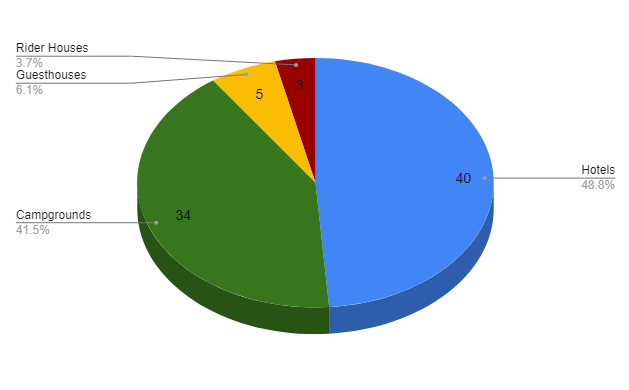
Hotels
The best way to find hotels is to search “hotel” on Google Maps. This brings up an aggregate list of all the hotels in the area. However, not all hotels show their prices on there so you may have to check a few websites to find good deals. This could be problematic for some as a lot of hotel websites are only in Japanese. Typically I would expect to spend around 6,000 yen per night for a hotel. The most expensive hotel I stayed in was 8,625 yen per night in Sendai, but I spent as little as 3,626 yen for a night in rural Miyazaki Prefecture.
Hotel Membership Programs
If you plan to stay in hotels frequently during your cycle across Japan, I suggest getting a membership at a chain business hotel. My hotel of choice is Toyoko Inn. By paying a one time membership fee of 1,500 yen, you unlock a 5% discounted rooms and a free night for every 10 stays! I used this to get two free hotel nights during my cycle across Japan. All Toyoko Inns also have big breakfast buffets. I took full advantage of them to load up on calories before heading out for a day of cycling.
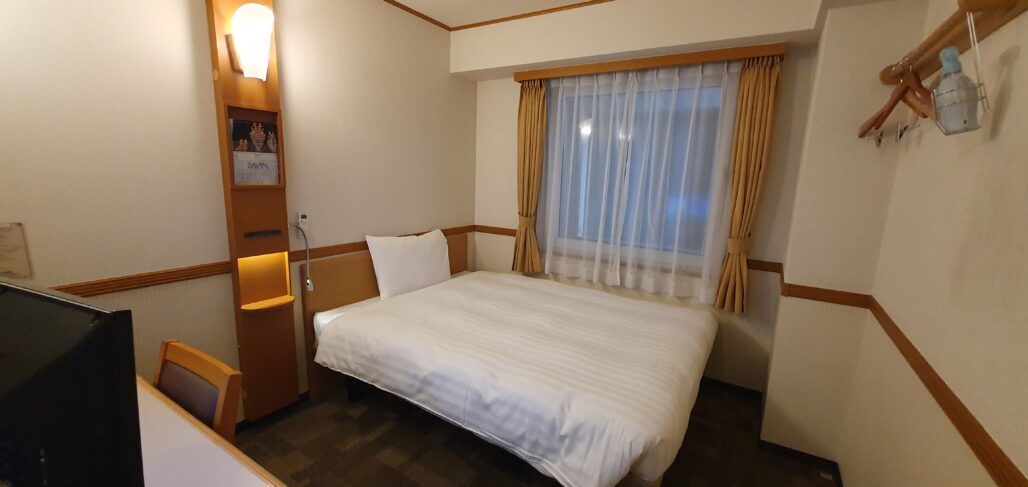
When I’m bicycle touring I never plan ahead exactly how far I’m going to go each day. I make all of my hotel reservations on the day of. This is typically easy to do on weekdays, but on Friday and Saturday nights you might have trouble finding a room. However, with a little bit of strategy, you can pull it off! Rooms at Toyoko Inn can be canceled for free until 4:00 p.m. the day of the reservation, and people often wait until the last day to cancel. To secure a room at a fully booked Toyoko Inn, I refreshed the website whenever I paused for pictures or breaks. Almost every time, I successfully snagged a reservation when someone else canceled their trip.
Guesthouses and Hostels
Guesthouses and hostels are the next cheapest form of accommodation. I didn’t stay in them too often during my cycle across Japan, except when I didn’t have other good options in the area. I’m the type of person that prefers to have my own private room rather than a shared dormitory, and I’ve found that you don’t save much by picking a guesthouse over a business hotel. Typical prices during summer start around 3,500 yen per night, but it varies a lot by area.
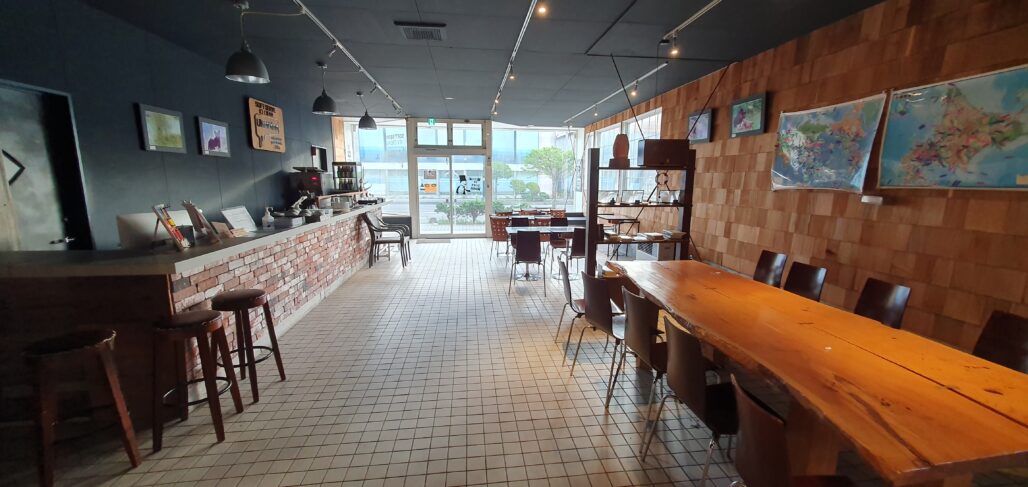
Rider Houses
A Japanese cyclist that I rode with first introduced me to the concept of a rider house. Rider houses are essentially bare-bones rooms in which you can bring in your own bedding and sleep for the night. Because bedding isn’t provided, rider houses bypass Japanese regulations and taxes on lodging, making them extremely cost effective. While not as comfortable as a real bed, it is the perfect accommodation for those on a tight budget that just want a roof over their heads and place to charge their electronics. These accommodations are typically restricted to traveling motorcyclists and bicyclists, hence the name “rider house”. Rider houses regularly cost around 1,500 yen per night, but some are free of charge! Hatinosu has a good map of rider houses across the country, but the website is only in Japanese.
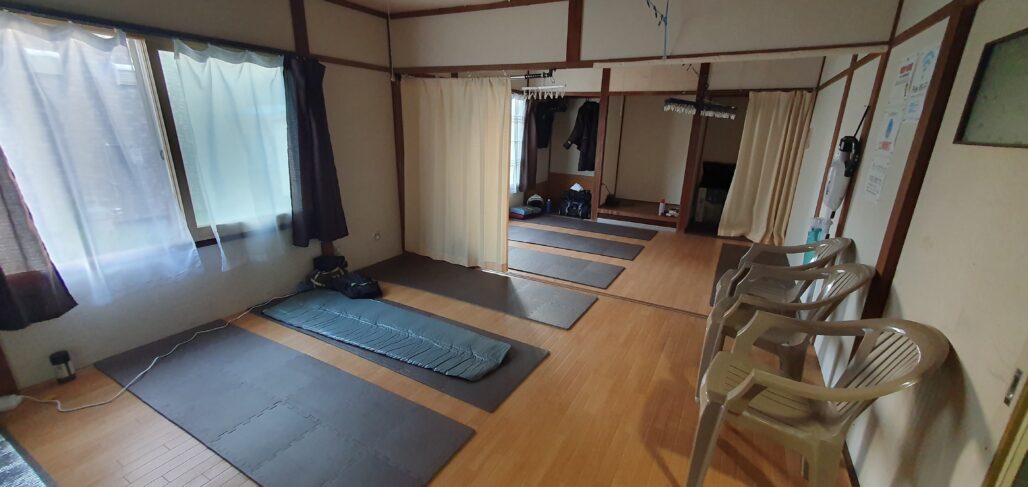
Campgrounds
Camping is the ultimate budget option for a cycle across Japan. Wild camping in parks is possible, but I only stayed at managed campgrounds during my ride. In Hokkaido you can find nice managed campgrounds everywhere for just a couple hundred yen per night (some are even free). These campgrounds often have coin showers or an onsen nearby, coin laundry, and nice bathrooms with washlets! The value for money is unbeatable in Hokkaido, so I highly recommend staying at campgrounds over wild camping. You can find a map of them at Hatinosu (Japanese Only) or by just searching Google Maps for “キャンプ場”.
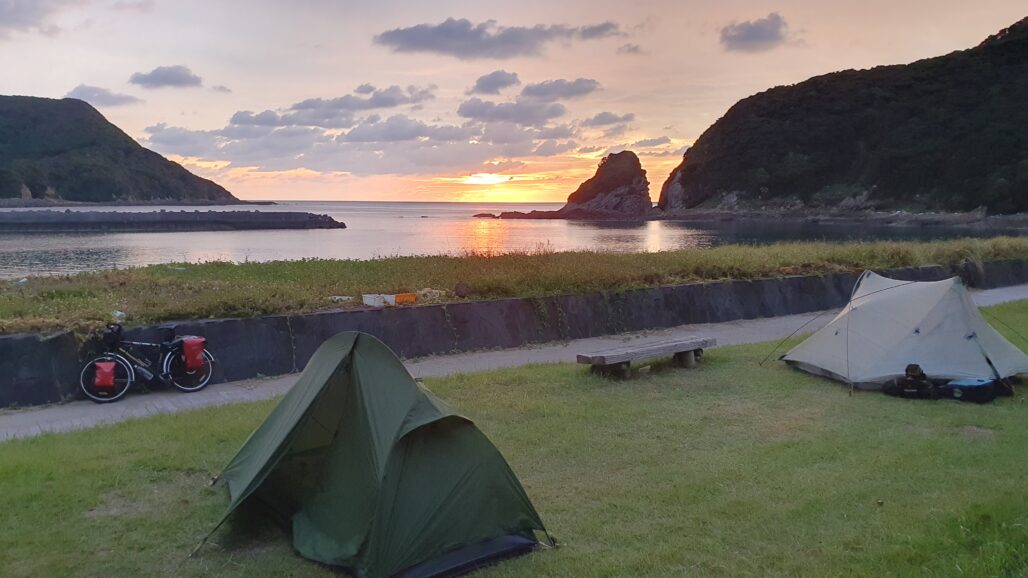
Outside of Hokkaido, Tohoku and Shikoku have the next highest amount of cheap campgrounds available, but they are further between than in Hokkaido. It’s hard to find cheap campgrounds in other regions. Glamping and car camping is more popular due to those living in nearby cities doing short weekend trips. When the price of a tent for the night goes over 1,500 yen, I tend to just look for a room with a real bed instead, so I ended up camping significantly less after leaving Hokkaido.
Meal and Dessert
Total: ¥147,692 ($1,004 USD) / Per Day: ¥1,801 ($12.24 USD)
When budgeting, I normally try to separate my food spending into two categories: meals and desserts. I categorize the food that I need in order to survive as meals, whereas dessert is unnecessary treats such as ice cream or expensive café treats. During my cycle across Japan, however, this line is pretty blurred. I eat a ton of dessert-like, calorie dense items to replenish all the calories I burn cycling 5 hours per day. Regardless, I spent an average of 1,801 yen per day on consumables.
How much you should expect to spend depends on how you eat most of the time. If you buy pasta in bulk at grocery stores and cook it on a stove you can probably spend a lot less than I did, but if you only eat at restaurants you could easily spend more. On my trip I tended to grab a large meal in the morning from a convenience store, continually buy snacks throughout the day, and finish with a meal as I ended the day. I didn’t eat at restaurants very often and I don’t drink alcohol, so that helped keep my spending on food down.
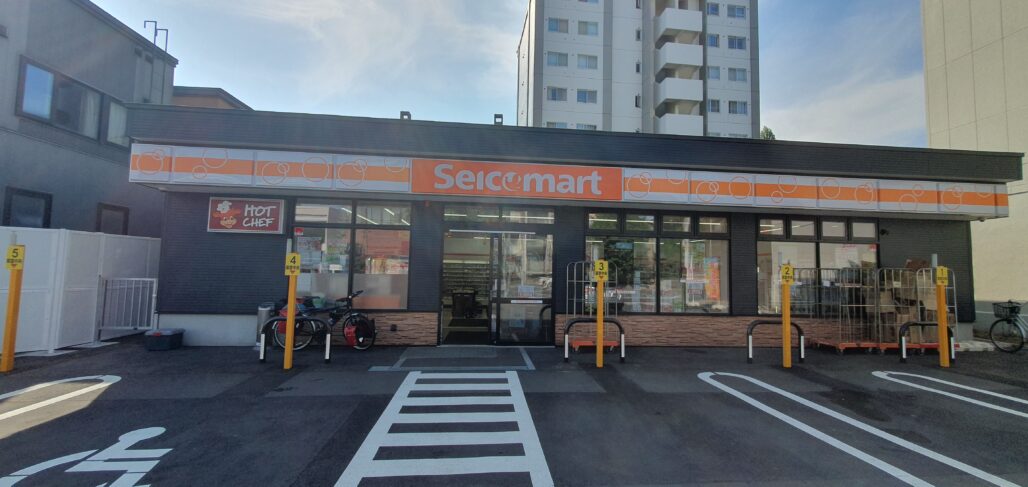
Convenience Store Alternatives
My biggest money saving tip for food is to shop at grocery stores and drug stores instead of convenience stores. Grocery stores carry the same things that you find at convenience stores for about half the price. They come up less frequently, but stocking up on food at a big supermarket can certainly save a lot of money in the long run! If you are looking for protein bars or packaged food, big chain drug stores tend to be the cheapest. I think I stopped at drug stores almost as much as convenient stores while cycling across Japan!
Transportation
Total: ¥20,900 ($142 USD. Does not include flights to/from Japan)
Transportation? I thought this was supposed to be free during a bicycle tour! Well, Japan is made up of 4 main islands, so if you plan to cycle across Japan you will take a few ferries along the way. They aren’t super expensive so it didn’t add up to any significant portion of my spending. I also took a short side trip by train during a bad heatwave when I didn’t feel like cycling, so this figure includes my round trip tickets for that day as well. I didn’t include my transportation costs to get to or from Japan because this will vary so much for each person that it wouldn’t be a useful number. Before my trip, I was living in Japan already. My transportation to Hokkaido where the trip began was way less than anybody flying in from overseas will have to pay!
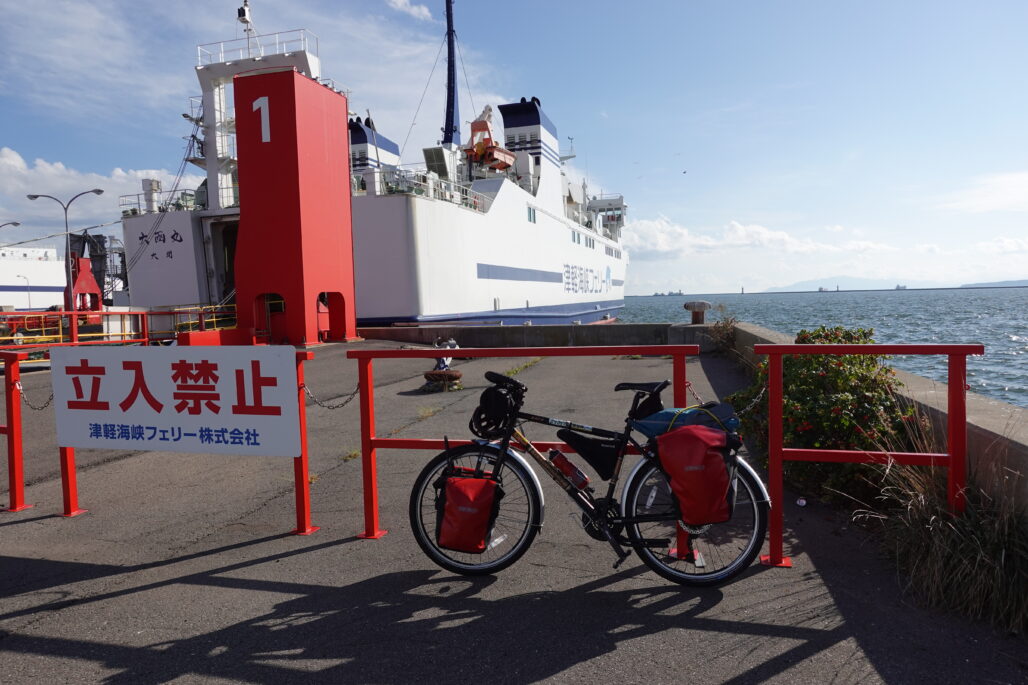
Bicycle Gear
Total: ¥9,656 ($66 USD)
This was my first long tour, so of course there were a few pieces of kit that I forgot and picked up along the way. I bought the Montbell handlebar bag and small frame bag , a new rear light, and a few small parts I forgot here and there. Fortunately I did not have any troubles with my bike (not even one flat tire!) so I never spent money on repairs.
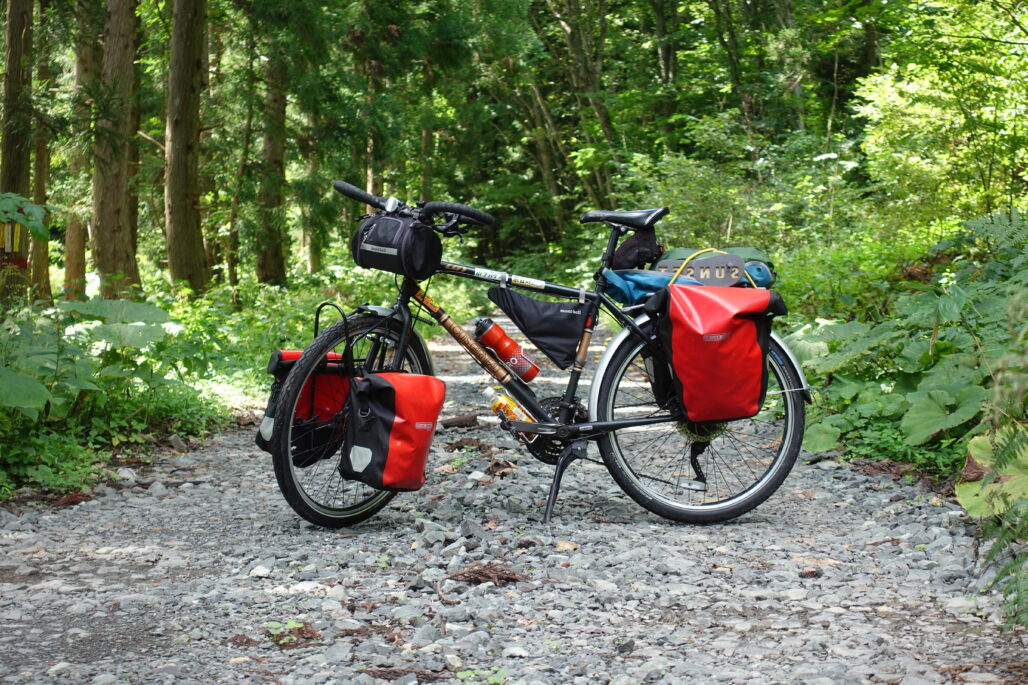
Laundry
Total: ¥6,647 ($45 USD) / Per Day: ¥81 ($0.55 USD)
I packed four days worth of clothes on my trip, so I did laundry every four days or so. Coin laundromats are everywhere, even in small towns. A small load of laundry starts at 200 yen for washing. Drying begins at 100 yen, with prices increasing for longer drying times. Most hotels have coin laundry available at those prices as well. Detergent at laundromats usually costs an extra 100 yen, so I brought detergent with me and used my own. Using my own detergent I also did small loads of laundry in the sink when I stayed at hotels in order to prolong the time between stopping for coin laundry.
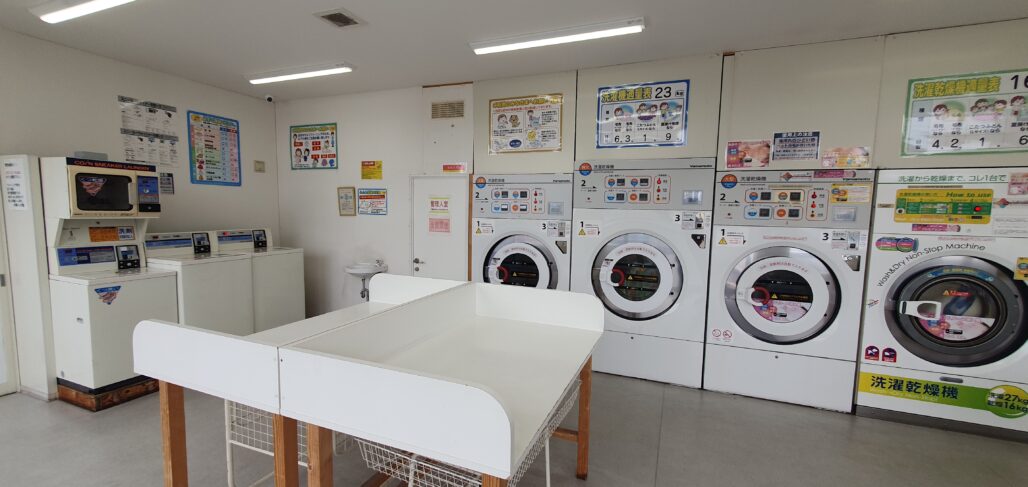
Onsens and Showers
Total: ¥6,970 ($47 USD) / Per Day: ¥85 ($0.58 USD)
Personally, I have a hard time sleeping if I don’t have a proper shower that night. I know many people on bicycle tours that can go for days or even weeks without a proper shower at times. Fortunately, if you cycle across Japan, this is never an issue thanks to onsens!
An onsen is a hot spring bathing facility, and they are everywhere. For an average of 500 yen, you can get a good wash and relax in the hot springs. It really is the perfect end to a long day of cycling. Most of the time onsens have soap and shampoo available inside, but not always. I carry small bottles of each with me just in case. One thing that is important to check is that most onsen facilities have one day off per week, so it’s best to check ahead of time. I got burned a few times when I forgot to check and showed up drenched in sweat to a closed onsen! Many managed campgrounds also have coin showers as a cheaper alternative, usually for 200 yen. Other campsites offer discount tickets for nearby onsen.
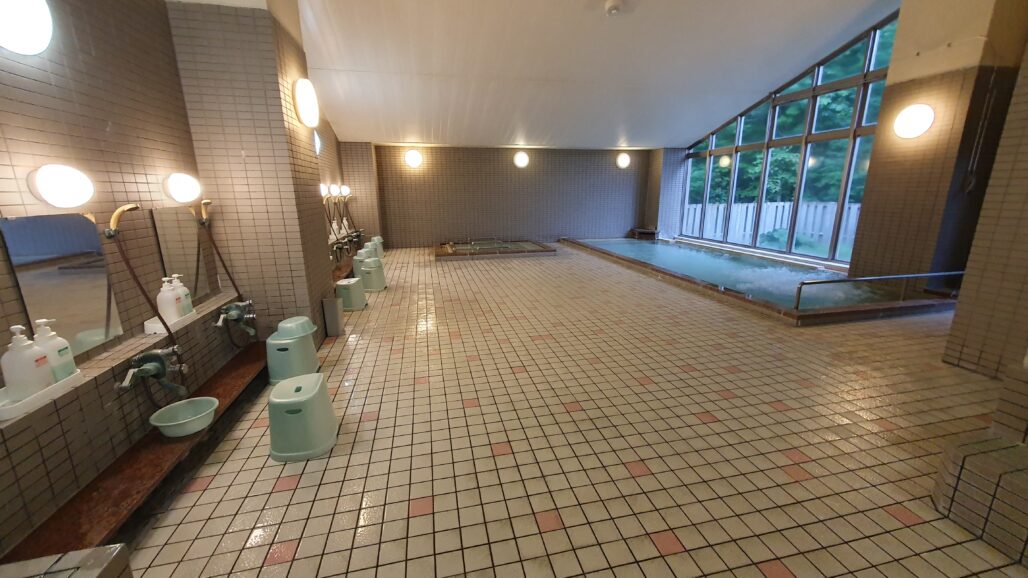
Leave a Reply
You must be logged in to post a comment.